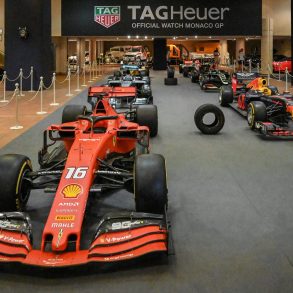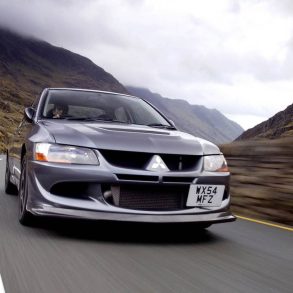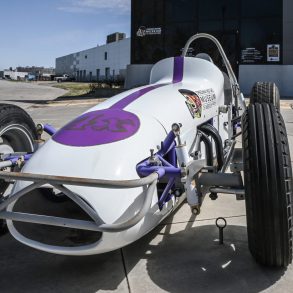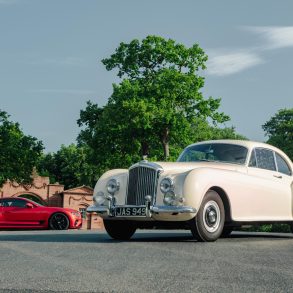At 30,000 feet, questions begin to crystallize like ice on the wing… Will the circulation ever return to my hopelessly cramped legs? Is that really chicken or is it Soilient Green? Is the woman barking for us to take our seats a flight attendant or a Bulgarian prison guard? While all these questions floated in and out of my head as I wiled away the four-hour flight from Los Angeles to Atlanta, with out a doubt the most intriguing question on my mind was, “Is it good for historic racing to have a manufacturer-backed race/team?”
As you’ll see in this month’s news, American (and perhaps world) historic racing crossed an interesting nexis this past April when Jaguar announced that they would be fielding a two-car, factory-sponsored team of historic XKE’s to compete in eight to nine American vintage races this year. In order to promote this major announcement, Jaguar flew several of us media hacks out to Road Atlanta to take part in the unveiling and to witness the team’s first official outing at HSR’s Walter Mitty event. Never one to look a gift horse in the mouth, I accepted their kind offer, but almost immediately began churning over what this new development might mean for our sport.
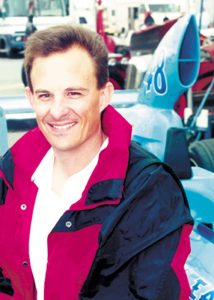
Editor
By the time I reached Atlanta’s “W” Hotel, where the unveiling would take place the night before the racing started, I had convinced myself that there was basically two ways of viewing Jaguar’s impending involvement in our sport. At first blush, my reaction was, “Finally!” At long last, a major manufacturer has woken up to the fact that historic racing is the largest, fastest-growing segment of motorsport to be found anywhere on Planet Earth. Not only does it represent racing in one of its purest forms, but it is also comprised of a concentrated demographic of well-educated, successful individuals that would be any potential advertiser’s dream come true. The fact that a manufacturer like Jaguar has voluntarily chosen to step in and get involved in the sport, further legitimizes historic racing’s position in the world of motorsport and will hopefully motivate other companies to do the same. This should, in turn, lead to more and better events for us, the participants.
However, the devil’s advocate in me stands up at this point and says, “Wait a minute… is it just me or does this smell a lot like the SCCA in the late ’60s?” Some believe that it was the introduction of manufacturer involvement in the SCCA in the late ’60s and early ’70s that drove the friendly, “amateur” atmosphere out of the SCCA. When manufacturers began chasing SCCA championships in order to “Win on Sunday – Sell on Monday,” they raised the bar so high that many competitors felt that they were literally driven out of the club that they helped create. “And where did those disgruntled amateurs go?” you might ask. They started historic racing clubs to try to recapture the fun and camaraderie that they enjoyed in the early days of SCCA racing. Could history be repeating itself in 2003? Could Jaguar’s participation mark the start of the “professionalization” of vintage racing?
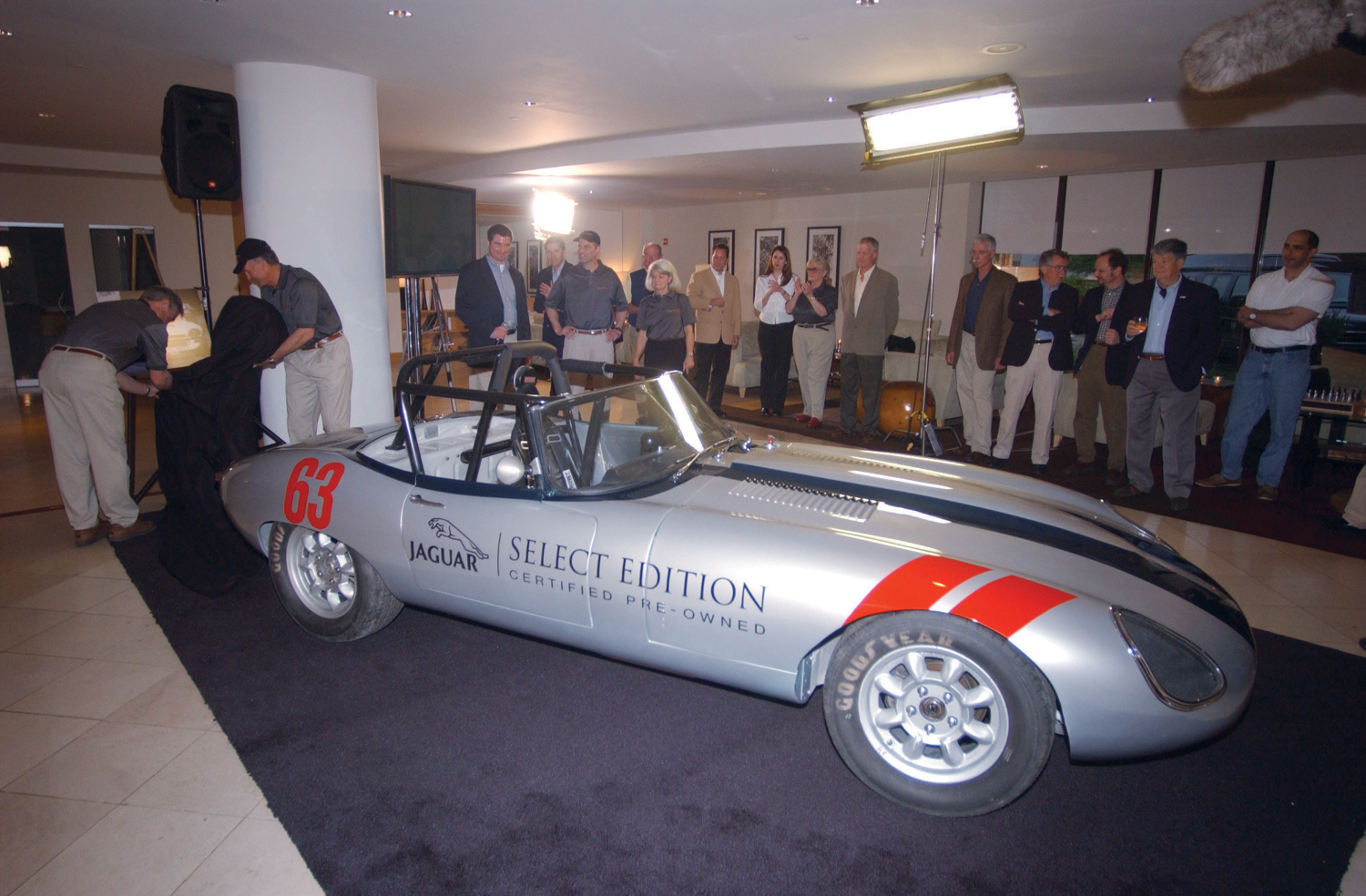
I posed this somewhat unpleasant alternative view to Scott McKee, Jaguar’s man in charge of North American Motorsports. “Jaguar is involved in vintage racing to celebrate our performance pedigree and remind people that, above all else, Jaguars are beautiful, fast cars,” answered McKee. “One of the best things about the program is that our business objectives – promoting the Jaguar Select Edition Certified Pre-owned program and launching the all-new XJ – are almost entirely unrelated to the outcome on the track. Of course, we want to win races because we’re performance enthusiasts and we love the sport. But our marketing activities are separate from the on-track competition. We’re here to share our passion for the sport with the racers and fans and, hopefully, broaden the sport’s appeal along the way.”

Over the course of the next couple of days, I got to spend quite a bit of time with several of the Jaguar executives that had come to Road Atlanta for the launch. Fortunately, it didn’t take long for me to realize that these people were not only real car enthusiasts (a refreshing change compared to some brands’ executives), but that they were also real classic car and racing enthusiasts. In fact, Jaguar’s Vice-President of Marketing became so bitten by the historic racing bug that by the end of the weekend, he and I were huddled over the dinner table talking about what vintage racecar he could buy to start racing himself! Ah, yes…another one comes over to the dark side of the force.
So, once again at 30,000 feet – as comrade Svetlana crashes the drink cart into my shoulder for the third time – I look back over the events of the weekend, safe in the knowledge that, at least in Jaguar’s case, history was not going to repeat itself. Now, if only the same could be said for the lady with her seat back in my face.




